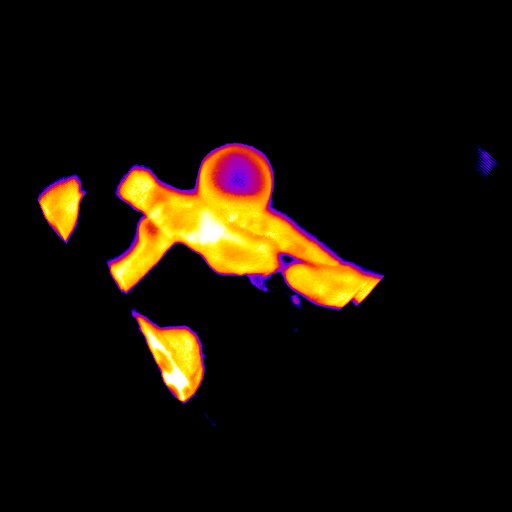Kugeln: A Novel Endothelial Cell Membrane Behaviour
The vasculature is essential for providing the body with oxygen and nutrients. Vascular endothelial cells (ECs) display distinct characteristics depending on their microenvironment and vascular bed.
During her PhD, Elisabeth discovered a novel cerebral endothelial cell membrane behaviour, termed kugeln. Kugeln are formed by individual ECs, exceeding the size of any previously described membrane protrusion.
Kugeln are distinct from all previously described actin-driven (i.e. filopodia, lamellopodia) and non-actin driven (i.e. blebs) cell protrusions as kugeln do not contain any cytosol, show different types of behaviour (i.e. maintenance, retraction, oscillation), and possess distinctive F-Actin necks.
62.72% of kugeln are nitric oxide positive (NO), which is of particular interest as NO is essential for vascular health and considered to be freely diffusing, with no previous reports of storage or compartmentalization.
Currently the function of kugeln is unknown, but due to the size of kugeln their dynamic behaviour ultimately must translate into EC shape changes and potentially impact EC structure, position, or molecular biology.
Publication
Talk




